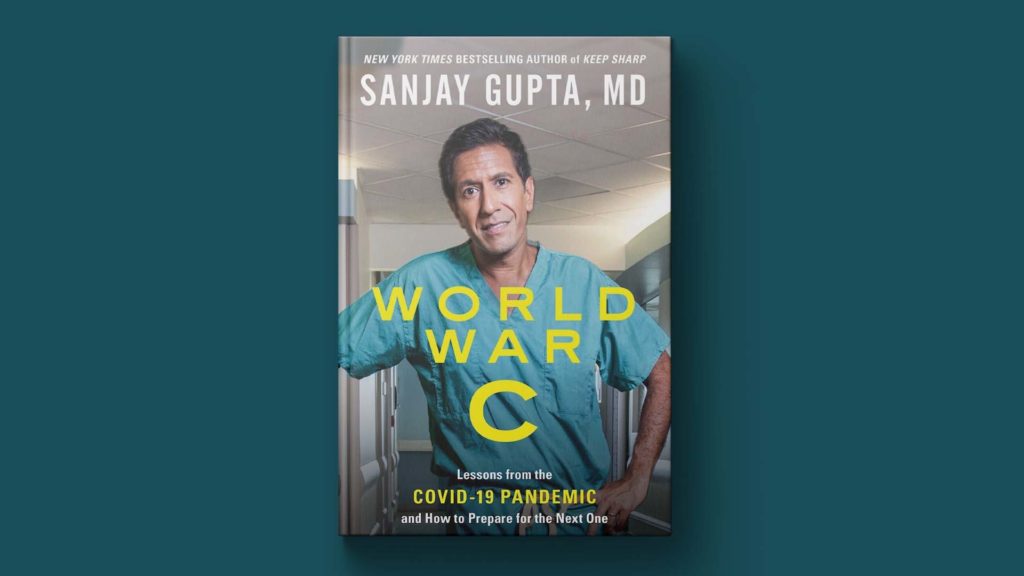Dr. Sanjay Gupta:
You know, I will tell you, I will preface by saying, Judy, that, pre-pandemic, the United States was listed, according to these indices, as the best prepared country in the world, wealthy country, lots of resources.
And we all know how that turned out. There were times when we had the highest numbers of cases, certainly per capita, but overall in the world.
I think there was a couple of sort of very specific mistakes, then more philosophical mistakes. I think one thing was just testing. In order to really diagnose a problem in medicine, whether an individual patient or be a societal pandemic, you have to understand what you’re dealing with.
And I think, with this particular pandemic, for lots of different reasons, we simply weren’t testing. We did not do testing early enough, and even when the tests rolled out, in part because they were flawed and for some other reasons, we simply didn’t have enough widespread testing.
And frankly, Judy, it’s still a problem now. In the fall of 2021, this many months into the pandemic, it’s still very hard to get a clear idea of just how widespread the problem is. If I were to ask a simple question, how many people have been exposed to COVID in the United States, you will get lofts different answers from different experts. That’s a big problem.
I think a second big one was, if you looked at the data coming out of Wuhan at a time when they were saying, hey, look we think things aren’t that bad, it’s not — doesn’t appear to be spreading human to human, at the same time, they were also shutting down a city of 11 million people.
And that should have been a really significant clue that this was not only spreading, but it seemed to be spreading asymptomatically, meaning people didn’t even have symptoms, they didn’t know they were sick, and yet they were still spreading. And that should have really been a clear indicator that masks were going to be necessary.
So we didn’t start leaning into masks in the United States until later in the spring, whereas other countries, including China, including South Korea, many countries in that part of the world were doing masks much earlier. Those were specific things.
But, philosophically, like you alluded to, when you live in a wealthy country, I think a lot of times you have this belief that we can wait for the home run hit, we can run for the knockout punch, we don’t have to do these simple things, we can just do the big thing when it comes. And the big thing was the vaccine.
But as a result of waiting so long, I think we missed a lot of opportunities to, sadly, Judy, just very sadly, to have prevented a lot of deaths, and I mean hundreds of thousands of deaths potentially prevented. And I don’t think I’m exaggerating that.

